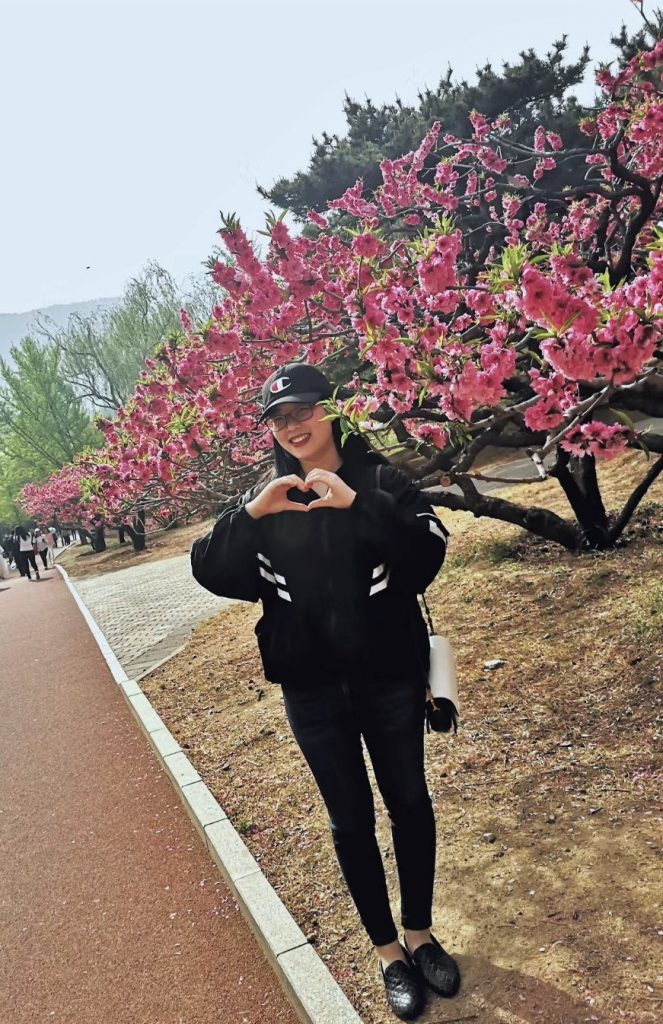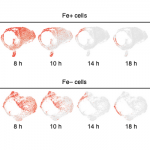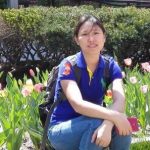Recognizing Plant Physiology author Shuangrong Liu

 Shuangrong Liu, first author of FHY3 interacts with phytochrome B and regulates seed dormancy and germination
Shuangrong Liu, first author of FHY3 interacts with phytochrome B and regulates seed dormancy and germination
Current position: Ph.D. candidate, Institute of Botany, Chinese Academy of Sciences, Key Laboratory of Photobiology, Beijing, China (2015-now)
Education: Bachelor of Shandong Agricultural University (2011-2015)
Non-scientific interests: Reading, cooking
Brief bio:
In 2015, I joined the research group of Prof. Rongcheng Lin in Institute of Botany, Chinese Academy of Sciences. Our laboratory mainly focuses on light signaling transduction and chloroplast development. As we known, sunlight not only provides energy for photosynthesis, but also acts as an environmental signal to regulate plant growth and development, such as seed germination, photomorphogenesis, and shade avoidance. My goal aimed to explore new functions of proteins in the light signaling pathway and to reveal their underlying mechanisms. In this study, I demonstrate that the transcription factor FAR-RED ELONGATED HYPOCOTYLS 3 (FHY3) interacts with phytochrome B (PHYB), a red and far-red light photoreceptor and relays the light signal to downstream factors to regulate seed dormancy and germination. FHY3 directly binds to the promoters of three transcription factors, RVE2, RVE7, and SPT, and represses their expression. Interestingly, light and phyB promote FHY3 protein accumulation and FHY3 feedback inhibits PHYB expression, but the underlying mechanism needs further study.
论文:FHY3 interacts with phytochrome B and regulates seed dormancy and germination in Arabidopsis
当前职位:博士在读,中国科学院植物研究所,光生物学重点实验室
教育背景:山东农业大学,农学院,学士(2011-2015)
兴趣爱好:阅读,烹饪
个人简介:
2015年,我进入中国科学院植物研究所攻读我的博士学位,导师是林荣呈研究员。实验室主要的研究方向是光信号转导和叶绿体发育。众所周知,光不仅为植物光合作用提供能量,还作为环境信号调控植物的生长和发育,如种子萌发,光形态建成和避荫反应等。我的目标就是探索光信号在调控植物发育上更多的可能性,并且揭示其中的分子机制。我当前的研究发现,拟南芥转录因子FAR-RED ELONGATED HYPOCOTYLS 3 (FHY3)能通过与红光/远红光受体光敏色素B(PHYB)相互作用来传递部分光信号,此外,FHY3可以直接结合在下游靶基因的启动子上,并且抑制这些基因的表达,从而促进光介导的种子休眠释放和萌发。有趣的是,光和PHYB能够促进FHY3的蛋白积累,而FHY3又反馈抑制PHYB的表达,其中的分子机制有待进一步研究。



